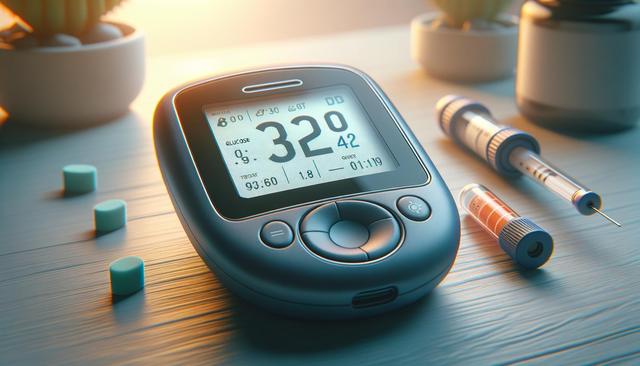What Is a Glucose Monitor and How Does It Work?
A glucose monitor, often referred to as a CGM monitor, is a device that tracks glucose levels throughout the day and night. Unlike traditional glucose meters that require finger pricks, CGMs offer a less invasive solution by using a small sensor placed under the skin. This sensor continuously monitors glucose levels in the interstitial fluid and transmits the data to a display device or smartphone app. One of the key benefits of using a device like the veri cgm is the ability to see patterns and trends over time, which helps users make informed decisions about their diet, exercise, and medication.
The technology behind CGMs has improved significantly in recent years, making them more reliable and accessible. Many models now come with alerts that notify users if their glucose levels are too high or too low, helping to prevent emergencies. This real-time feedback supports better glucose management and can contribute to improved long-term health outcomes for individuals living with diabetes.
Benefits of Using a CGM Monitor
There are several advantages to using a CGM monitor over traditional glucose testing methods. The convenience of continuous monitoring can reduce the stress and discomfort associated with frequent finger pricks. Additionally, data collected by CGMs provides a more comprehensive picture of how lifestyle choices impact blood sugar levels.
Users of CGMs often report:
- Improved confidence in managing their condition
- Better understanding of how food, exercise, and stress affect glucose levels
- Fewer episodes of hypoglycemia or hyperglycemia
- More precise insulin dosing
For individuals with Type 2 diabetes, devices like the libre sensor for type 2 diabetes offer a practical way to monitor glucose without daily disruptions. These tools have become especially valuable for those who require tight glucose control but want to avoid the inconvenience of traditional monitoring.
Cost Considerations: Is Continuous Glucose Monitoring Affordable?
One of the most common questions about CGMs is related to affordability. The continuous glucose monitoring cost can vary widely depending on the device brand, insurance coverage, and the frequency of sensor replacement. While some devices may seem expensive upfront, many users find the benefits outweigh the costs, especially when factoring in the potential for improved health outcomes and reduced complications over time.
For example, the libre freestyle sensor cost generally includes the price of the sensor itself and any required readers or transmitters. Some insurance plans, including options like cigna freestyle libre coverage, may help reduce out-of-pocket expenses. It’s important to check with your provider to understand what is covered and whether a prescription is needed. Additionally, some manufacturers offer assistance programs or discounts for eligible users.
Choosing the Right CGM Device for You
Selecting the most suitable CGM device involves evaluating several factors, including personal health needs, device features, and budget. While some users may prioritize accuracy or app integration, others may focus on affordability or ease of use. Devices like the veri cgm and other highly rated options offer various features that cater to different lifestyles.
When comparing options, consider the following:
- Sensor wear time (how long the sensor lasts before needing replacement)
- Real-time monitoring and alerts
- Compatibility with smartphones or insulin pumps
- Cost, including insurance coverage and subscription plans
Choosing one of the top options available on the market can make glucose management more efficient and less intrusive. Speak with a healthcare provider to determine which CGM monitor aligns with your individual needs and treatment goals.
How Insurance and Support Can Influence Your Experience
Insurance coverage plays a significant role in the accessibility of CGM devices. Plans such as cigna freestyle libre coverage often determine whether a device is financially feasible for a user. It’s critical to understand the specifics of your insurance policy, including deductibles, co-pays, and any requirements for prior authorization.
In addition to insurance, support from healthcare providers and diabetes educators can enhance the overall experience. These professionals can help with device setup, interpreting data, and adjusting treatment plans accordingly. Moreover, online communities and support groups provide valuable peer-to-peer advice and encouragement, especially for first-time users of CGM technology.
Ultimately, CGMs are not just tools—they represent a shift toward proactive and personalized diabetes care. With the right support and information, individuals can use devices like the libre sensor for type 2 diabetes to take control of their health and better manage their condition.
Conclusion: Empowering Diabetes Management Through Technology
Incorporating a CGM monitor into your diabetes care routine can provide valuable insights and simplify glucose management. Whether you’re considering the veri cgm, reviewing the continuous glucose monitoring cost, or exploring the libre freestyle sensor cost, there’s a growing range of options tailored to meet varying needs. With support from healthcare providers and potential insurance plans like cigna freestyle libre, these devices are increasingly within reach. As technology continues to evolve, CGMs are poised to play a central role in improving the quality of life for people living with diabetes.



Leave a Reply